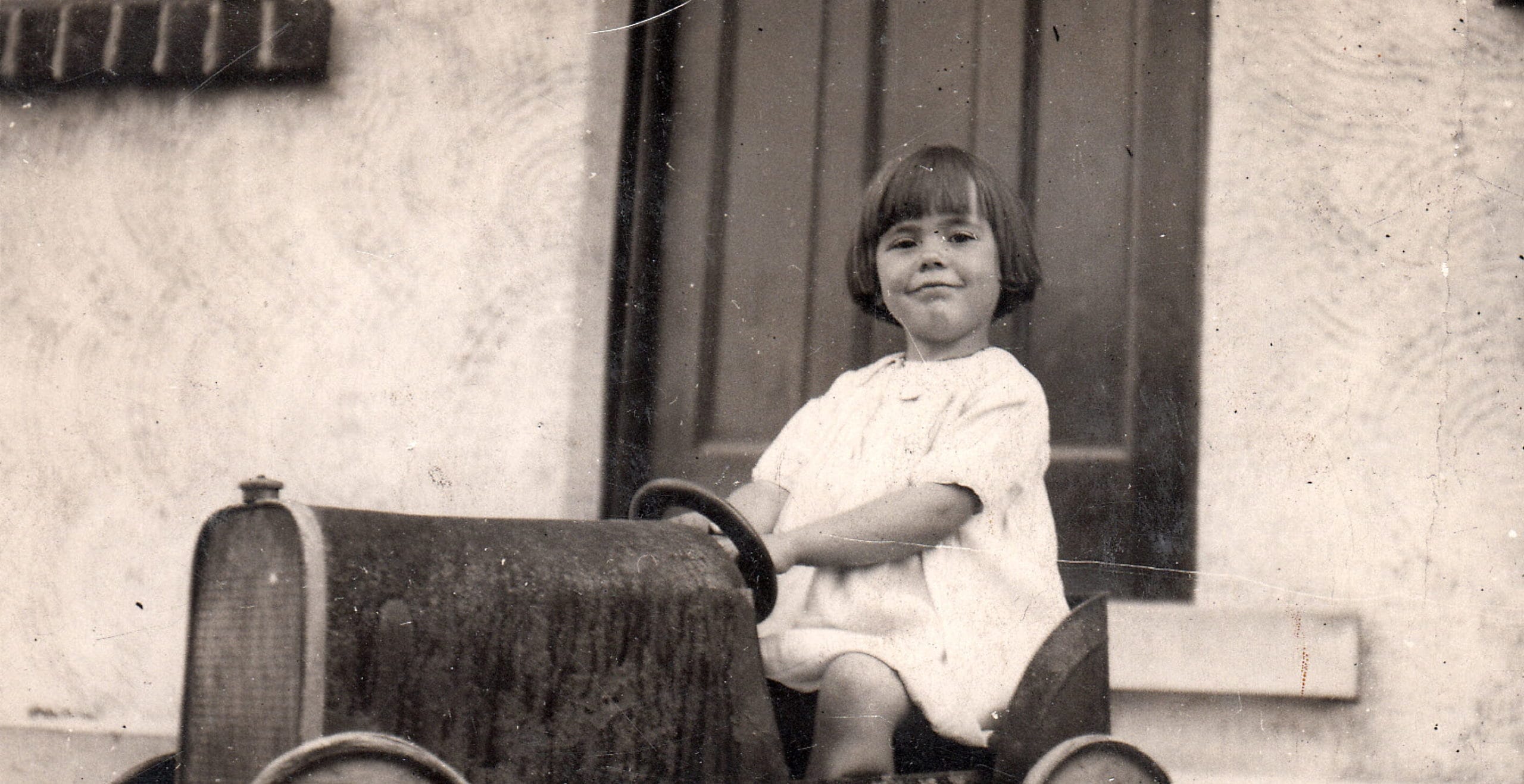Attention-seeking, flamboyant, decadent, rebellious, promiscuous, irresponsible, outrageous and glamorous; no, not the reality TV stars of today or the youth of the 1960s, but the original party animals – the ‘Bright Young Things’ of the 1920s.
You could say they started the modern cult of celebrity. Chased by the paparazzi who were fascinated by their outrageous behaviour, the ‘Bright Young Things’ were the younger sons and daughters of the aristocracy and middle-class people seeking to advance their careers through association.

What was the reason for this shocking behaviour? This was the generation that was too young to fight in the Great War. Perhaps their wild behaviour was a direct consequence of that ‘War to end all Wars’: the slaughter of so many young men had taught them to seize the day – ‘Carpe Diem’. Maybe it was a reaction against the values of their parents and those of pre-war Britain. Perhaps it was a response to the political, social and economic problems that followed the post-war boom. The old world was changing; many aristocratic families were now suffering financially due to crippling death duties and the resultant break up of estates after the war. Maybe for the girls, this shocking behaviour stemmed from their post-war new-found independence and confidence. Or perhaps it was a mixture of all of these things.

Amazingly, it all started with well-bred, modern young girls and their ‘treasure hunts’ around London using the public transport system; buses, trams and tubes. They chased around London, running and shouting and generally making a spectacle of themselves. This in turn led to young men becoming involved and the Bright Young Things took to treasure hunting in fast cars, roaring around the countryside.
These treasure or scavenger hunts evolved further, into weekend house parties, stunt parties and theatrical fancy dress parties. ‘Bring a Bottle’ parties were invented by the Bright Young Things at university in Oxford and Cambridge, as money was often tight for many of the students whose aristocratic families had been hit by death duties and taxes after the War.

The party set were obsessed with jazz which they saw as modern, raw and anti-establishment. They drank to excess, took drugs such as hashish, cocaine and heroin and indulged in licentious behaviour. They frequented the cocktail bars, jazz clubs and night clubs of London where they danced and drank till dawn.
They had their own argot or slang, using words such as ‘darling’, ‘divine’ and ‘bogus’. Men often behaved in a rather camp or effeminate manner, wearing makeup and flamboyant clothes; indeed, although gay and lesbian relationships were against the law in Britain in the 1920s, they were accepted by the Bright Young Things.

So who were these Bright Young Things? Perhaps the best known ‘celebrity’ of the times was Stephen Tennant, the youngest son of the Earl of Glenconnor, born in 1906. Outrageous in both his clothes and behaviour, it was said he spent most of his life in bed. His style was androgenous, rather like that of Boy George or David Bowie in the late 20th century. He was constantly pursued by the paparazzi. Nancy Mitford, herself one of the party set, is thought to have based the character Cedric in her novel ‘Love in a Cold Climate’ on Stephen.
Elizabeth Ponsonby was the original 1920s ‘It’ Girl who partied hard and drank herself to death before she was 40 years old. Brenda Dean Paul was an actress dubbed the ‘society drug addict’ by the press. In and out of rehab and prison, she reportedly ‘lived on brandy cocktails and salted nuts for years’.

Other members of the party set included Evelyn Waugh, John Betjeman, Noel Coward, Seigfried Sassoon the war poet and Cecil Beaton, the society photographer who was partly responsible for the public image of the Bright Young Things.
The press were fascinated by the wild behaviour of these young people. The 1920s could be seen as the start of the modern cult of celebrity. Some of the Bright Young Things used the press to further their own fame and notoriety; indeed some of their friends worked for the tabloid press as reporters.
So what happened to the Bright Young Things? The late 1920s saw a period of mass unemployment and economic decline in Britain. The wild and decadent behaviour of the party set was now becoming distasteful; people began to be irritated by the excesses of this group and the press became disenchanted with them. The Red and White Ball of November 1931 was perhaps the ‘party too far’. The dress code was ‘Red and White’; even the food was red and white. This whole show of excess was received with hostility and irritation by the media. Denounced by the press, this signalled the end for the ‘Bright Young Things’.
Published: 14th May 2015







